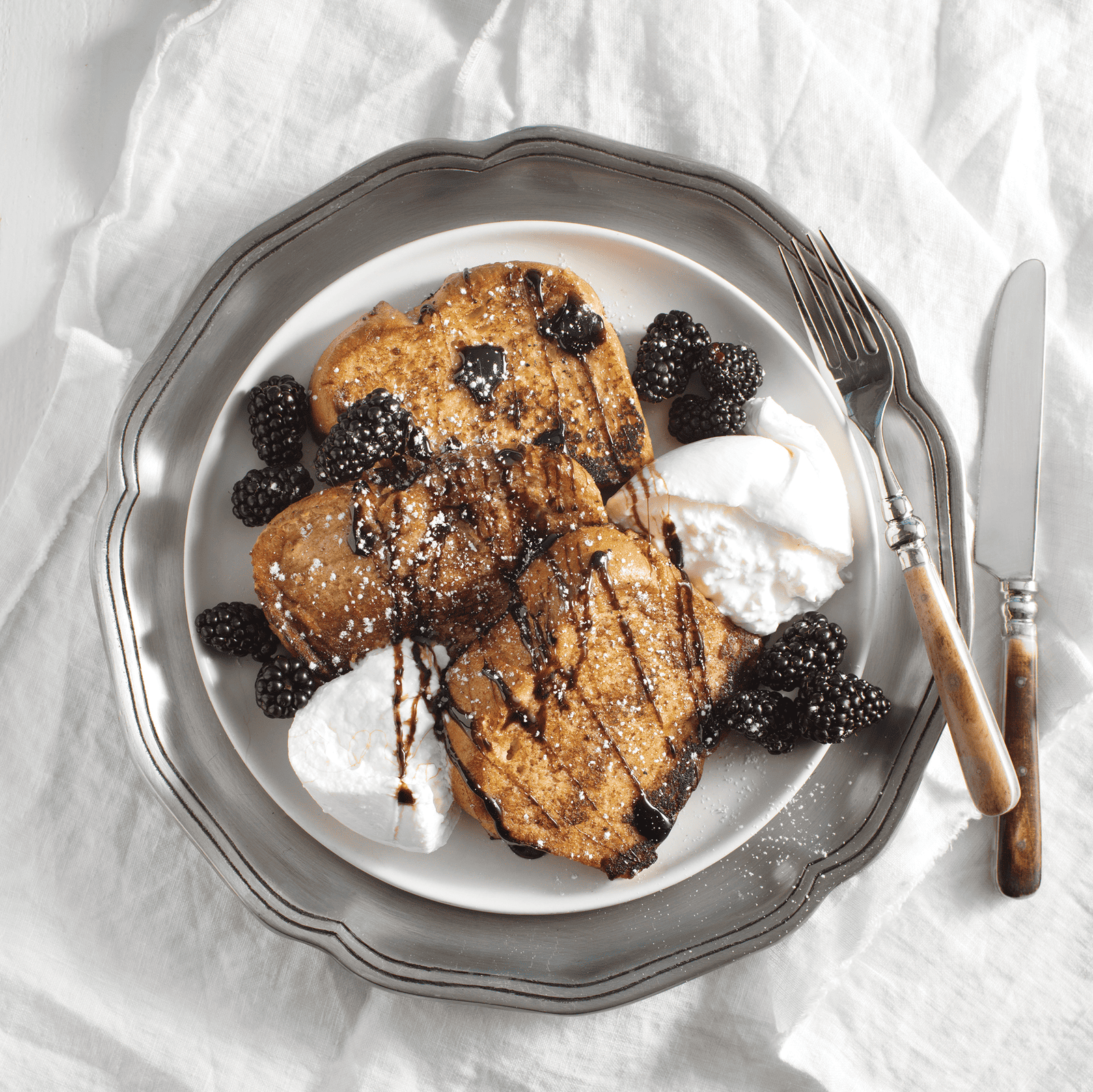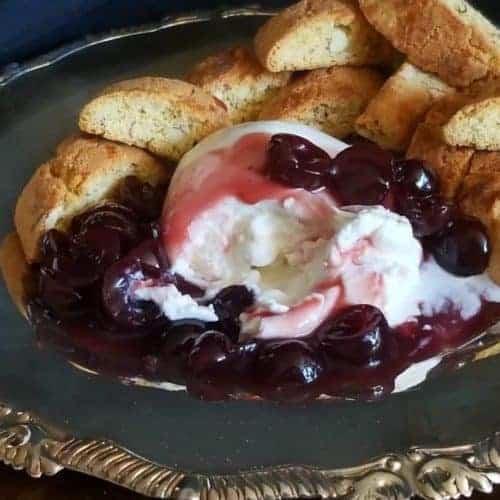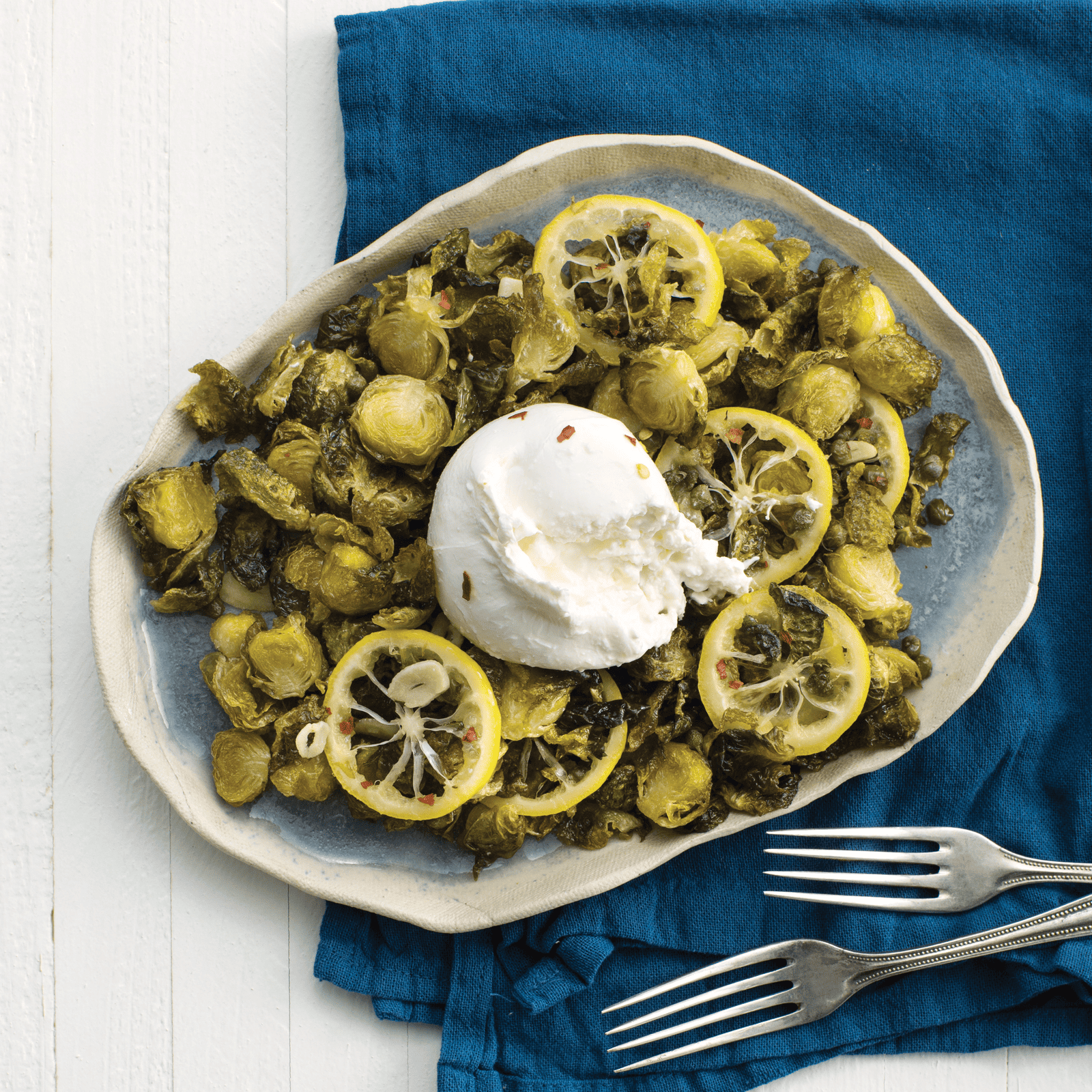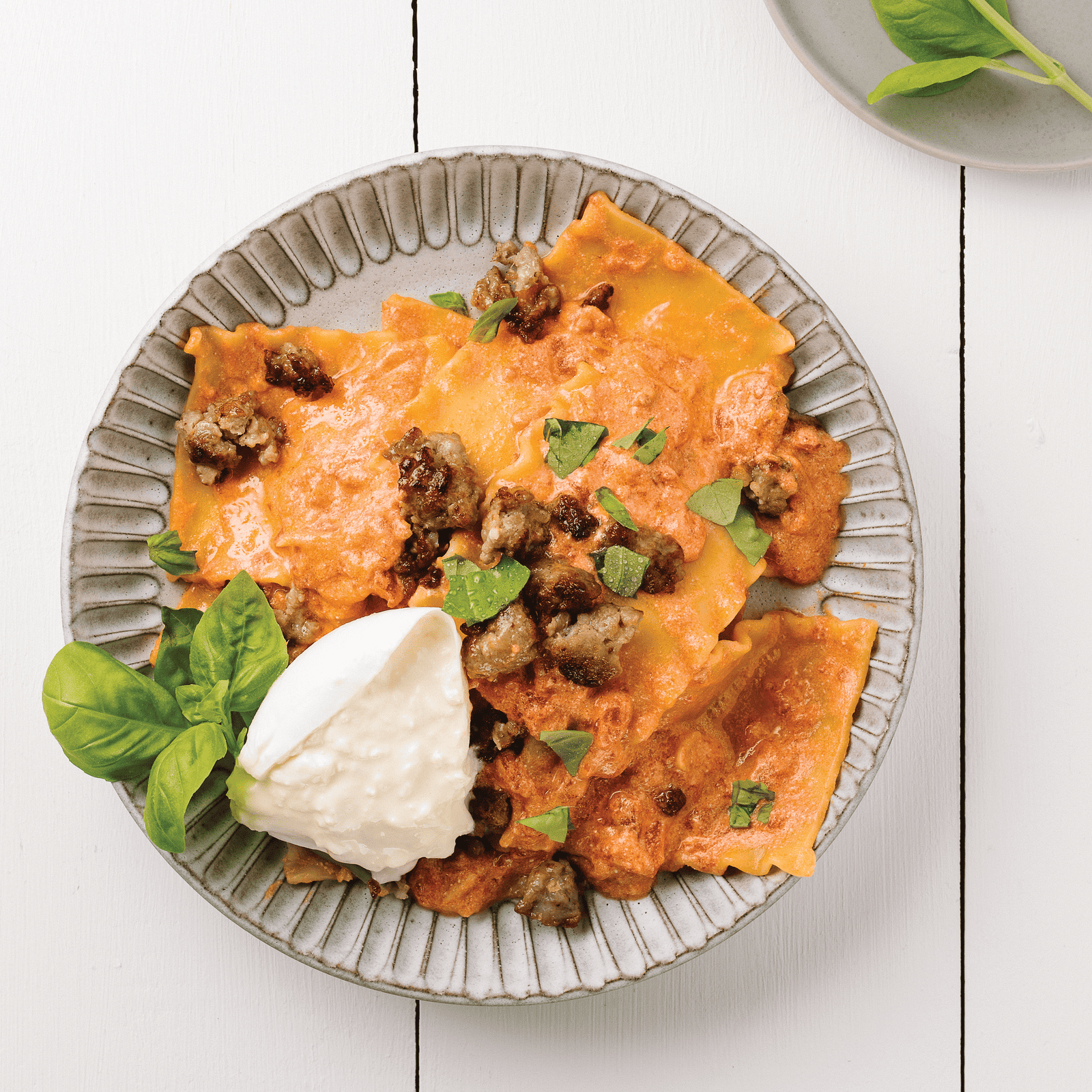
Photographed by Nina Gallant
Over the last few years, burrata has become the “it” summer cheese. It’s creamy, dramatic, delicious, and oh-so Instagrammable—the “burrata” hashtag on TikTok has 1.4 billion views. There’s something intensely satisfying about watching burrata get sliced open—a slow, dramatic pierce unveiling an avalanche of oozing curds. The online trend has carried over into the real world, with burrata gracing menus around the country, in part because it’s a delicious cheese, but also because of “the moment” it creates. From burrata-topped pizza to table side burrata pasta, our desire for burrata seems to be bottomless…or is it?
In the Grub Street article Burrata is So Boring, author Tammie Teclemariam writes, “‘Burrata with …’ has become so pervasive across the city’s menus that it has taken the place of kale Caesars as the farm-to-table–era staple that most overstayed its welcome.”
Teclemariam says it’s time to dial back the burrata, and while some people may agree with her, it would appear the turophiles do not! We polled culture’s Instagram audience to see if they were #overtheorb, and a resounding 64 percent said they still haven’t had enough of it, while only 15 percent of viewers said they had “been tired of it.”
So, if burrata is what the people want, then burrata is what the people shall get! Below you’ll find everything you ever needed to know about burrata: what it is, how to make it, and six of our favorite ways to cook with it. Long live burrata!
What is the stuff inside burrata?
Burrata is a casing of mozzarella filled with soft, creamy stracciatella – stretched curd mixed with cream. Want to know more? Gianaclis Caldwell breaks down burrata’s components below:
“A glistening-white, tender orb of burrata is the ultimate delicacy, with a gently-formed exterior of fresh mozzarella sequestering stracciatella: a decadent core of oozing, soft mozzarella bits mixed with cream. The name “burrata” comes from the Italian word for “buttery,” a nod to not only the texture of the core, but also to the original production process that incorporated rich whey butter into the cheese’s filling.
This stracciatella (“shredded”) curd was originally comprised of bits and pieces left over after stretching and forming other shapes of mozzarella. Torn into fine threads, it is mixed with the whey butter or cream, then wrapped up in a fresh mozzarella pouch or spooned on its own.”
Make it yourself!
Want to try your hand at making burrata at home? Culture has a DIY guide to walk you through the different at-home methods. As with (almost) everything, there’s a hard way, an easy way, and a cheat’s way.
“Now a chef’s darling cheese, burrata was originally formulated circa 1920 in the Puglia region of Italy, where it is still considered a specialty. Making it from scratch starts with creating cheese curds from full-fat cow’s milk and dissolving small amounts of citric acid and rennet (both available at cheesemaking.com) into some chlorine-free water,” Christine Burns Rudalevige writes.
“The basic process goes like this: heat milk and dissolved citric acid to 90°F; stir in dissolved rennet and wait 15 to 20 minutes for the curds to set; cut them and cook them at 110°F until they reach the consistency of scrambled eggs; then drain the curds from the whey.”
If you don’t have the time or patience to make your own homemade burrata, don’t worry. There is a plethora of excellent store-bought options you can use. BelGioioso, Maplebrook Farm, Decca & Otto, and the Mozzarella Company all make a version of the dreamy cheese orb.
Some of our favorite recipes
Whether it’s breakfast, lunch, or dinner, any time of day is perfect for burrata!

Burrata French Toast with Balsamic Syrup
Serve burrata for breakfast with this sweet and tangy French toast recipe. For best results, use day-old bread for this sweet-and-savory French toast. If you can’t find any, dry out fresh slices in a 300°F oven for 10 to 15 minutes. The balsamic syrup can also be made ahead—store it at room temperature for up to five days.

Burrata with Boozy Amarena Cherries
We all know that Burrata is brilliant served alongside ripe tomatoes, fresh basil, and grilled country bread. But, have you ever thought how special this luxurious cheese can be as a dessert? Amarena cherries grow wild in Italy and are tart and a bit sweet. Pair them with Amaretto liquor in a gently sweetened sauce, and serve warm on top of Burrata.

Burrata with Cherry Tomato Confit

Crispy Brussels Sprouts with Burrata
Brussels sprouts might be one of the most under appreciated vegetables, but give ’em another chance with this recipe—quickly frying the sprouts creates a crispy exterior and smoky flavor that pairs perfectly with tart lemon and creamy cheese. When frying, work quickly but carefully to ensure everything stays hot. If the oil takes a bit of time to reheat, store any already-fried ingredients in a 350°F oven.

Skillet Lasagna with Sausage and Burrata
Love lasagna, but not the time commitment? Meet your new favorite method: skillet lasagna. Sauce recipe adapted from The New York Times.

Flank Steak with Burrata and Radishes
Serve burrata alongside a juicy steak for a filling dinner. Substitute hanger or skirt steak if flank steak is unavailable. Note: Cooking times may vary depending on thickness of meat and desired doneness.



